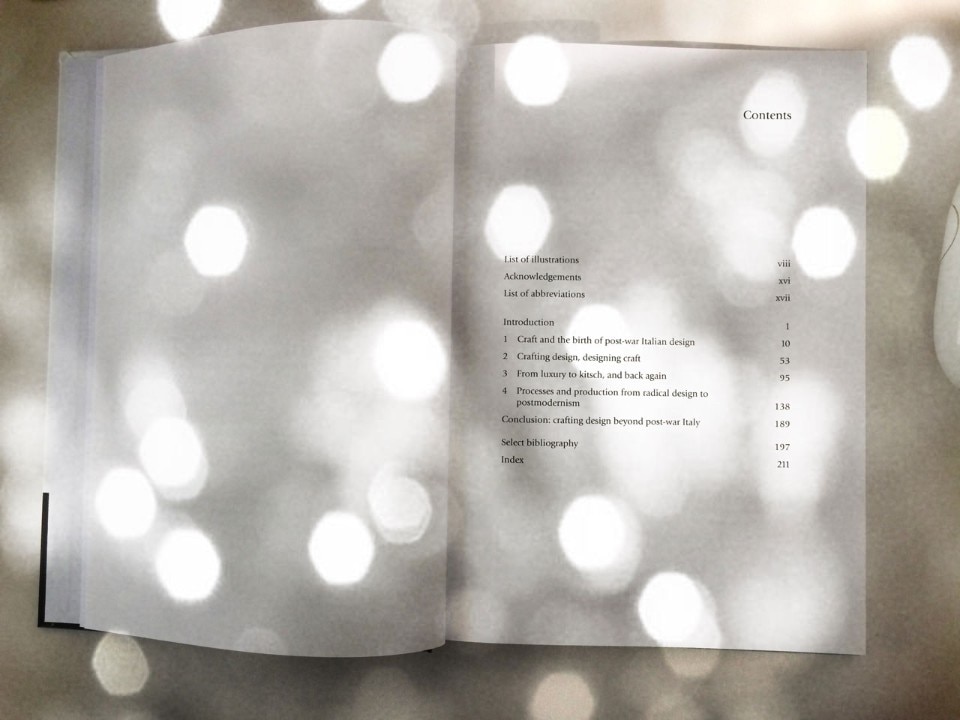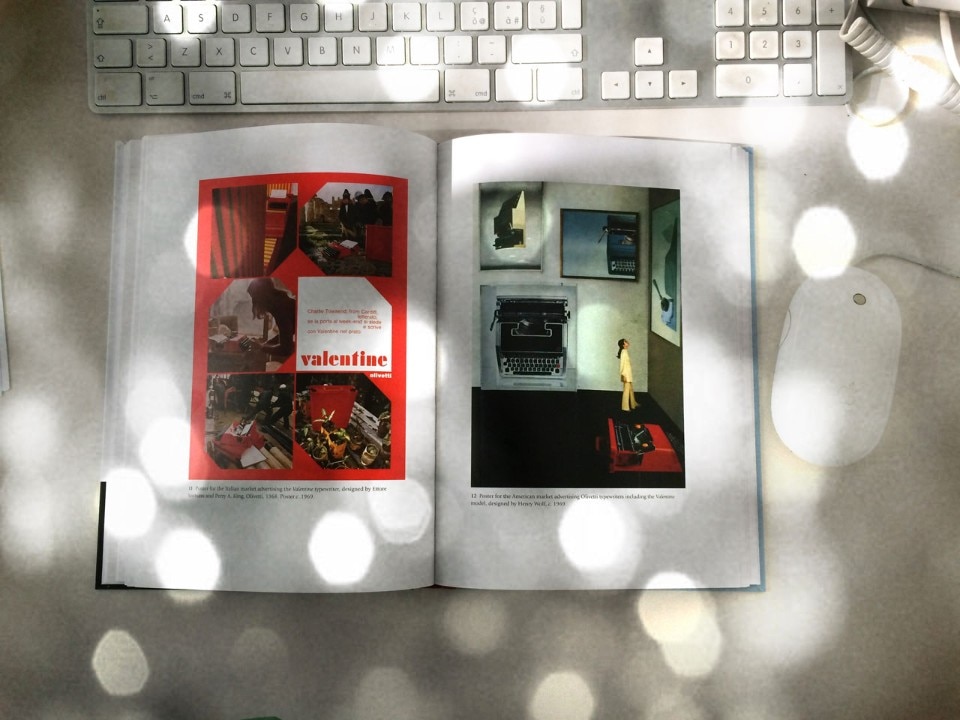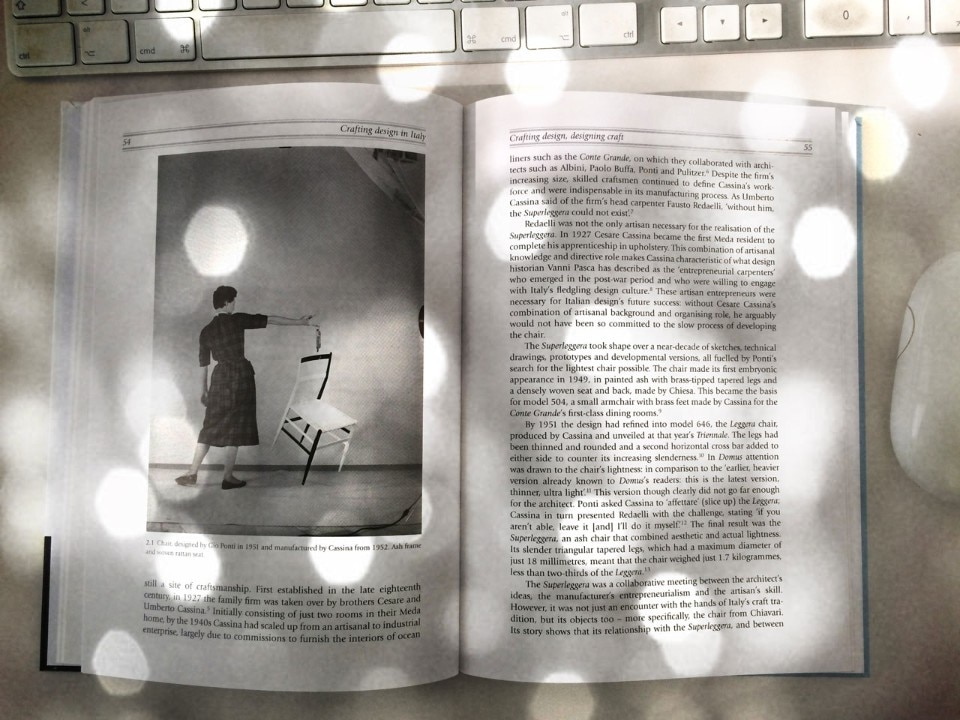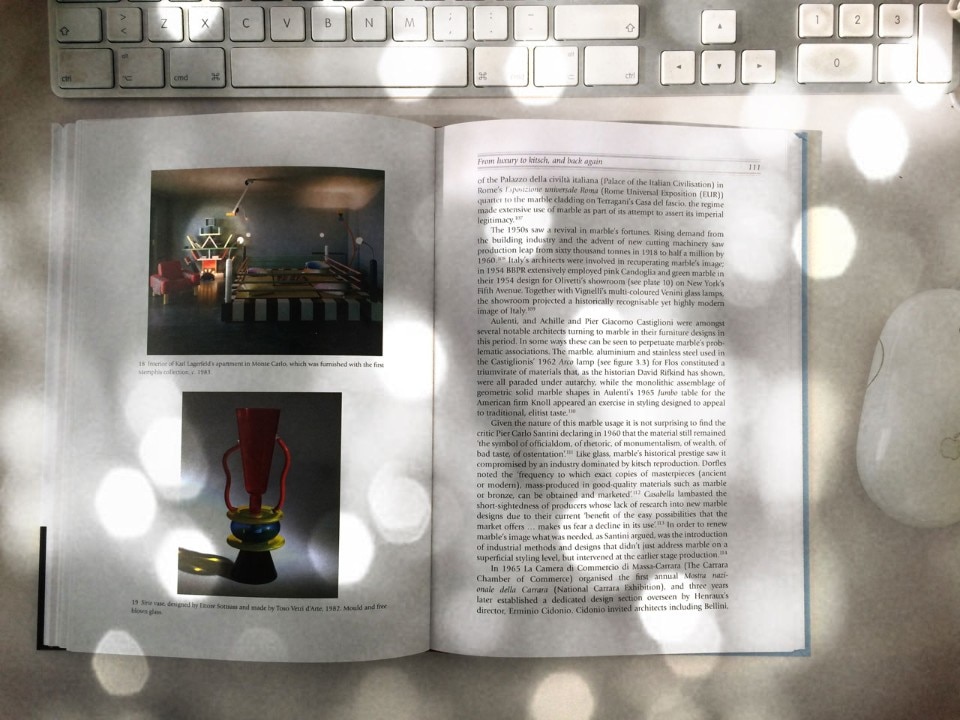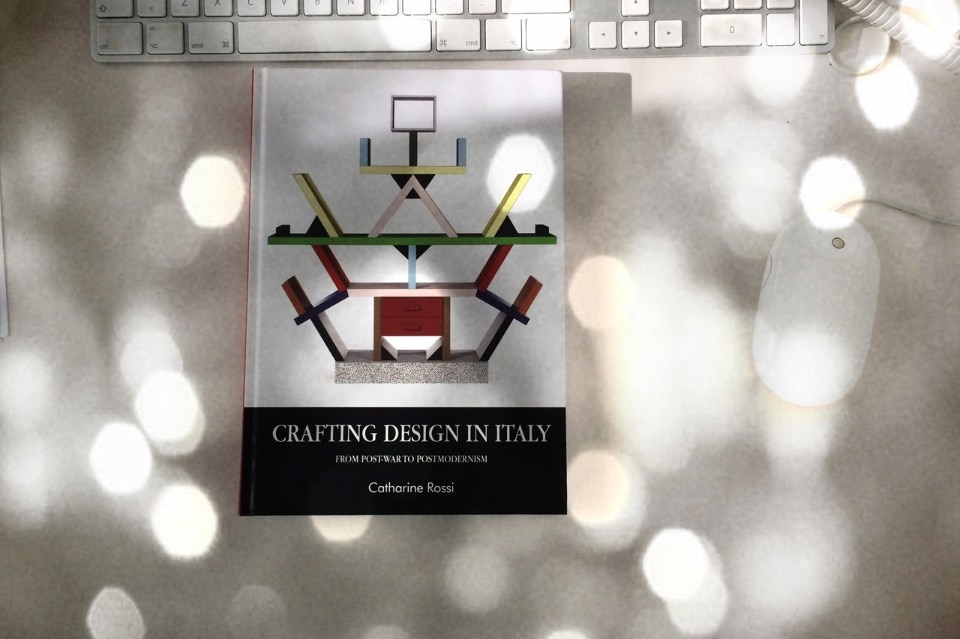What left is there to say about post-war Italian design? Populated by architectural maestri like Gio Ponti and Ettore Sottsass, whose designs for the remarkable Superleggera chair and Valentine typewriter have contributed to the respective reputations of manufacturers Cassina and Olivetti, the 1940s to the 1980s have rightly received much attention in international architecture and design media.
